Geography School Trips To Iceland & New York
Combine the exciting and contrasting destinations of Reykjavik & New York for an unforgettable geography school trip to Iceland and New York.
Highlights
The erupting Strokkur geyser and stunning waterfalls of Gull
Visit to the impressive Sólheimajökull glacier
A cruise round the Statue of Liberty and Ellis Island
High Line urban renewal project
Kelvinside AcademyVery good service and personalisation of our trip
Suggested itinerary
What's included*
*Please note, some entrance fees where applicable may not be included in typical price – contact us for more details
Recommended excursions
Students can experience the unique and invigorating waters at the Blue Lagoon geothermal spa. Set in the middle of a black lava field on the Mid-Atlantic Ridge’s Western Volcanic Zone students can enjoy a dip in the mineral-rich waters. This is a man-made spa using the naturally heated water created as a by-product of a nearby geothermal power station. It is Iceland’s most popular visitor attraction. (NB: Minimum student age is 14 years).
Stop at the largest geothermal power station in the world allowing students to witness Iceland’s pioneering work into sustainable energy. Over 99% of Iceland’s energy comes from renewable sources such as geothermal power, producing over 300MW of electricity. Boreholes drill down to 3000m, where temperatures are at 300°C.
Þingvellir is a tectonic rift valley occurring at a constructive plate boundary formed from oceanic crust. Here the Eurasian plate moves eastwards at approximately 7mm per year and the North American plate moves westwards 3mm per year. A lake fills much of the valley. Walk through the Almannagjá fault towards Europe’s oldest national legislative assembly, the Icelandic Parliament dating from 930. Trek through the rugged scenery and explore this site of geological and historical importance.
Kerið lies on the Mid-Atlantic Ridge’s Western Volcanic Zone, where the plate boundary has divided into eastern and western sections. The crater was formed almost 3000 years ago when volcanic activity caused magma to drain out of the volcanoe and the cone collapsed. The level of the lake inside the crater rises and falls with changes in the water table and the lake freezes over in winter.
Known as the ‘Golden Falls’, Gullfoss is Iceland’s most famous waterfall. A sight of natural beauty, students will notice the brownish colour of the glacial water caused by the sediments carried in the flow.
Seljalandsfoss and Skógafoss are two of the most noteworthy waterfalls in Iceland. These picture postcard waterfalls have a drop of around 60 meters and are a must see addition to your trip. Both Falls are from cliffs which are a former coastline, today the coastline is several kilometres away.
See the expansive Sólheimajökull Glacier which stretches for approximately 8 kms with a maximum width of 2 kms. This valley glacier is a tongue descending from the Mýrdalsjökull ice cap. A guided walk on the glacier with specialist equipment allows students to truly experience this natural formation. Students will be able to recognise the scent of sulphur reminding them of the volcanic nature of this area.
This is a geothermal area on the mid-Atlantic Ridge’s western volcanic zone with geyser, mudpools and hot springs. This is one of the most visited sites in Iceland. The rhyolite bedrock one kilometre beneath this site is at temperatures of 240°C. The famous Strokkur geyser erupts water and steam every few minutes reaching heights over 20m. The Icelandic word geysir has been adopted into the English language as geyser.
The small isolated settlement of Vik is a vital commercial centre for the rural communities of southern Iceland and is also a tourist hub. The dramatic coastline here is formed from sediments washed out from the mountains in subglacial eruptions eroded by powerful Atlantic waves. The cliffs are a nesting site for various birds including puffins, and the Katla volcano lies to the north.
Reykjavík is home to 130,000 people, and attractions include the harbour zone, distinctive Harpa concert hall, the hilltop modern Hallgrímskirkja (Hallgrím’s Church), a range of sculpture and art installations, and shops in characteristic architecture. The city is a great place to study tourism, urban planning and transport management, sustainability, coastal defense management and migration.
Perlan serves as a learning laboratory where guests can explore Icelandic nature through the lens of science and human perception. Visitors can discover Iceland’s rare and astonishing natural wonders through a series of exhibits and immersive presentations. The combination of cutting-edge technology and interactive experiences, along with captivating information and stories, makes the exhibitions unique, enjoyable and educational at the same time.
Highlights include a 100m-long indoor ice cave, a life-size bird cliff, a show about volcanoes and a Northern Lights show in the Planetarium.
The Iceland Volcano and Earthquake Centre, LAVA, provides school groups with an interactive and educational centre dedicated to the unique volcanoes and geology of Iceland. Explore the history of eruptions on the island and experience a simulation allowing students to gauge the impact of volcanic activity.
Between 1892 and 1954 over 12m people passed through the Ellis Island gateway in search of American citizenship. People came for religious and economic opportunity in America and freedom of speech. This is a culture-defining landmark and the museum has three floors of exhibitions and audio-visual displays telling the history of this significant time.
America’s first living-history museum dedicated to the life of immigrants, aiming to promote tolerance and awareness of the variety of migrant experiences on Manhattan’s Lower East Side. At the ‘gateway to America’, the partially restored 1863 tenement building runs guided tours focusing on specific character stories related to work and family life.
The memorial quadrant is a poignant reminder of the 9/11 devastation and an inspiring testimony by citizens to honour those who died. Twin reflecting pools and manmade waterfalls mark the spot where the Twin Towers stood, with the names of everyone lost inscribed into bronze panels around the outside.
Documenting September 11, 2001, the museum examines the implications of the events and commemorates the nearly 3,000 men, women and children who died on 9/11 and in the 1993 World Trade Centre bombing. Using multimedia displays, narratives, archives and artefacts, the museum presents powerful accounts of the monumental struggles faced by a nation and the legacy of that day.
An icon of global alliance, the 18-acre stretch on the East River is an ‘international zone’. Visitors are welcome to explore the space that benefits from a 1,400 specimen rose garden. Tours take in the council chambers and General Assembly, corridors of diverse artwork and displays on the organisation’s concerns such as peacekeeping and human rights.
With views to rival those of the Empire State Building, Rockefeller’s multi-floor observation deck is 70 floors high. A thrilling Plexiglass screen installation shows the construction workers hanging on the high beams, with a chance for you to ‘walk’ across one too, far above the city streets. Exhibits include the history and a model of the building.
Built at the peak of the skyscraper craze in 1931, the 1250ft Empire State Building is an Art Deco symbol of NYC. A ride in the express lift to the observatory floors gives students an unrivalled view of the city with outdoor decks and restored original interiors. A handheld device acts as an audio and visual companion with engaging videos, image galleries, quizzes and maps.
Take the Statue Cruise from Battery Park to the Statue of Liberty, one of the world’s most iconic structures and a symbol of freedom and democracy. Continue to Ellis Island and be inspired by the history and stories of the immigrants entering America between 1892-1954. This hop-on, hop-off service allows you to explore at your leisure.
This innovative park has been built on an elevated section of a disused railway line in Manhattan’s West Side, 30 foot above street level. This successful urban renewal project saved the railway line from demolition and the surrounding area is now being renovated and gentrified. The High Line offers great views of the Hudson River
Enchanting, hand-carved miniature wooden models of Manhattan’s skyscrapers are a novel way to appreciate New York’s architectural background – both how the colossal buildings are erected and their impact upon people’s lives. Skyscrapers are intrinsic to the city’s identity, and exhibitions explore the influence of history, economy and individuals on the skyline. Photo © Shinya Suzuki.
New York is explored through its very particular modes of fashion, architecture, politics, and history. Engaging exhibitions, films, lectures and walking tours make the most of the Colonial Revival building and always make an impact on student’s understanding of NY culture. Across the street is an entrance to Central Park’s little-known but enchanting Conservatory Gardens.
The One World Observatory is located within the One World Trade Center providing unmatched views stretching across Manhattan to New Jersey. Groups will be able to learn about the history of the Trade Center in New York, its history and construction. Free educational material is available for the following subjects: Economics, History, Science, Math and Value Diversity.
Complement your visit to the Edge with REACH FOR THE SKY, a virtual STEM education Programme. Students take a behind-the-scenes look at amazing innovations of architecture and engineering and learn about the STEM, history, and social impact of this gravity-defying structure through digital resources and a Virtual Field Trip.
This unique visitor attraction offers three levels of multi-sensory immersive experiences on the top of the fourth tallest building in Manhattan. Visitors will experience a blend of art installations and technology against the backdrop of the Manhattan skyline. Amazing photo opportunities during the day or at night!
A unique opportunity to experience real, flowing superheated molten lava in a safe environment. See, feel and smell the lava which enters the showroom at a temperature of 1100 C. The lava used in the show is created from basaltic tephra originating from the 1918 Katla eruption. Offering a mix of education, cultural insights and entertainment the show can be experienced in two locations, Reykjavik or Vik in the Katla UNESCO Global Geopark.
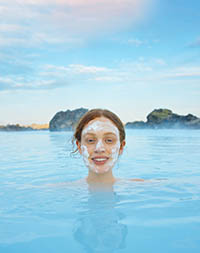
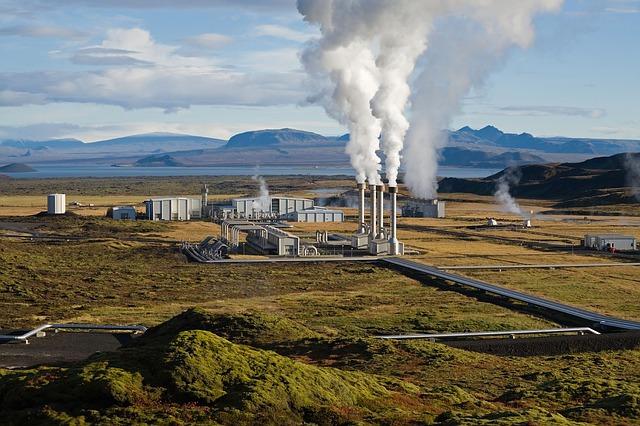
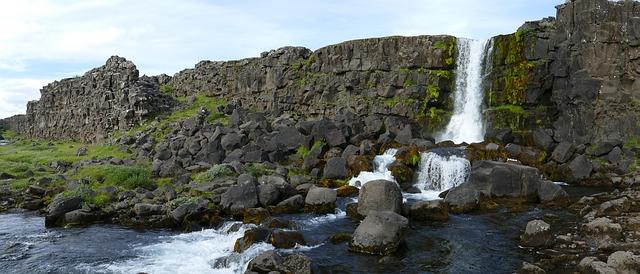
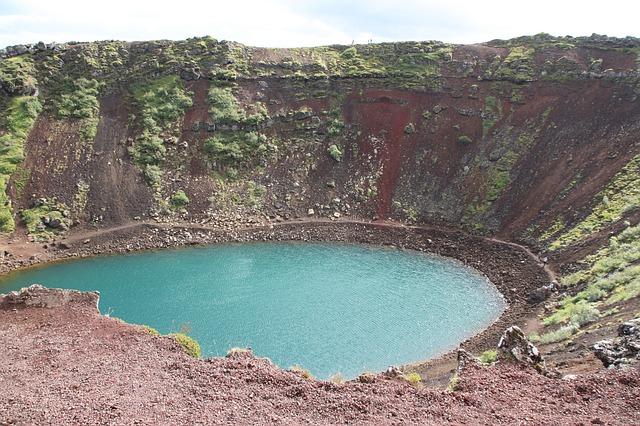
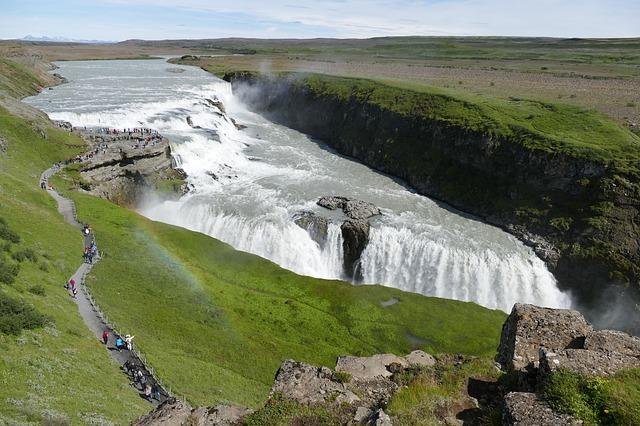
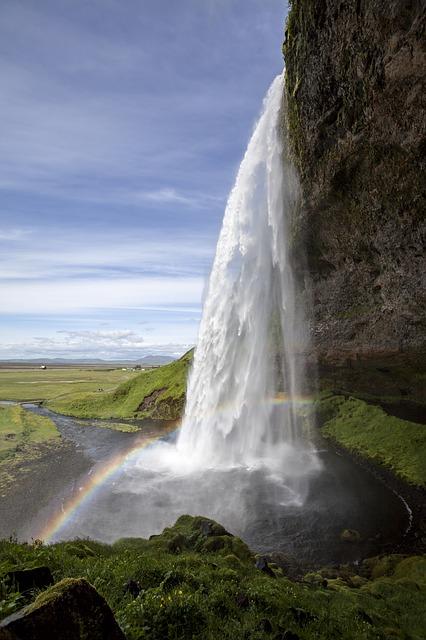
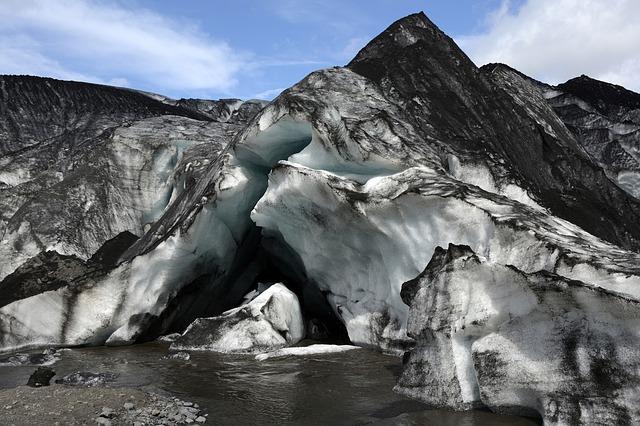
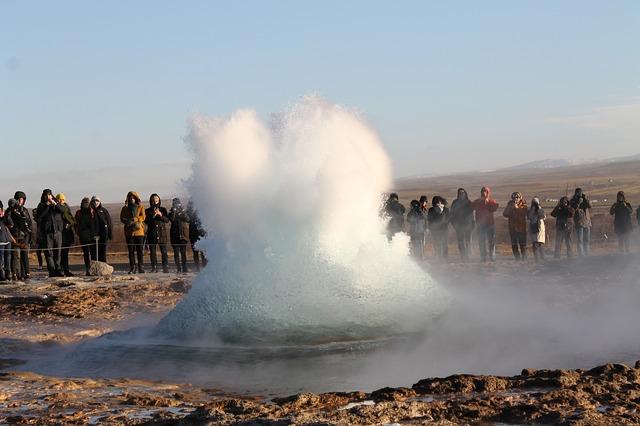
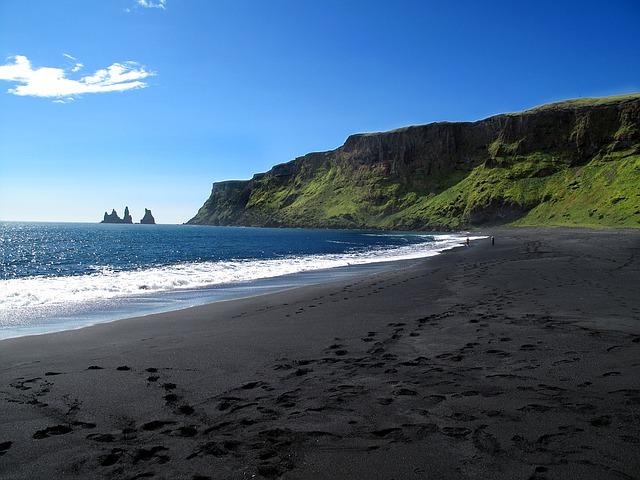
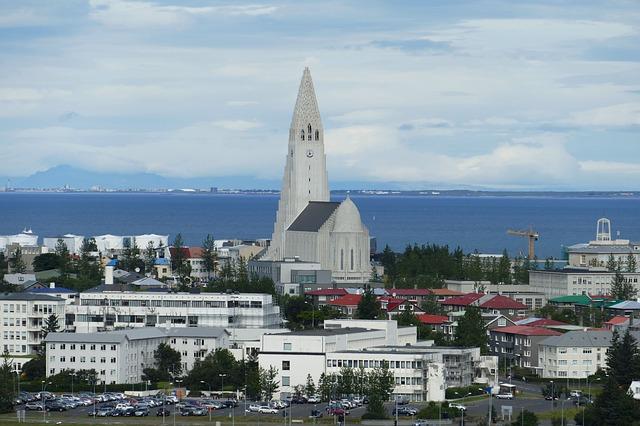
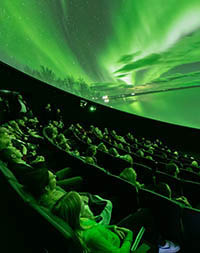
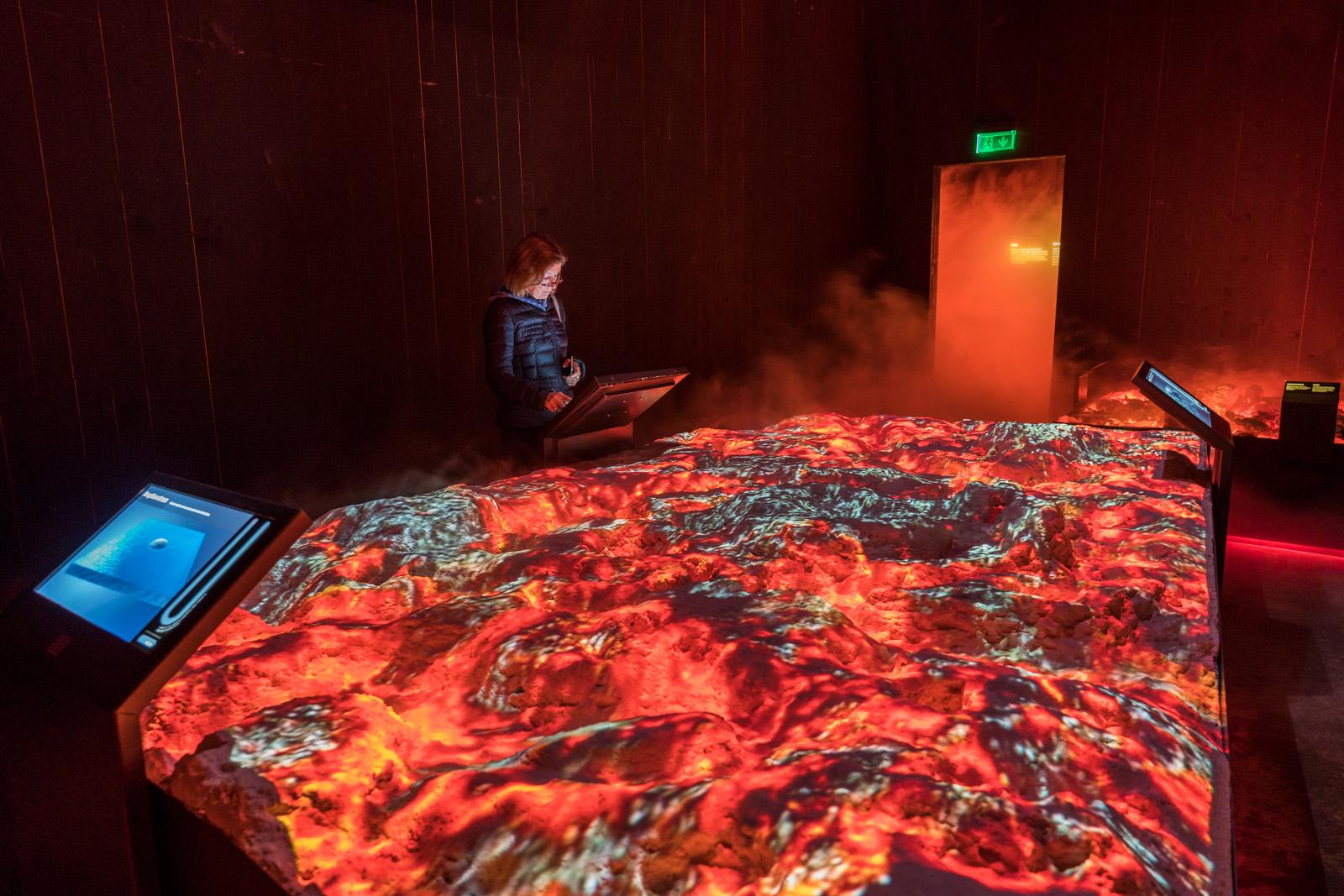
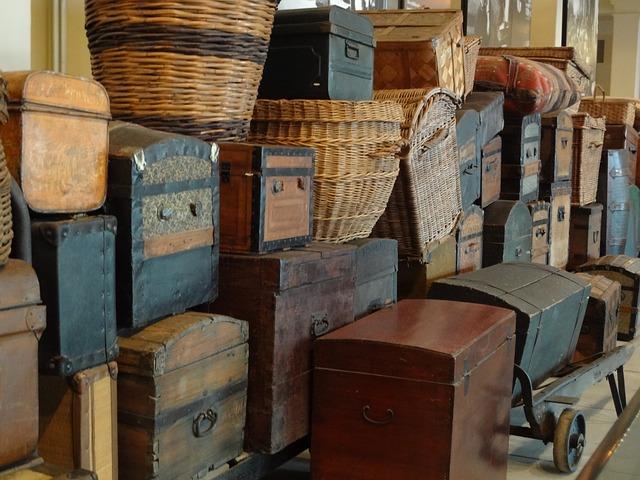
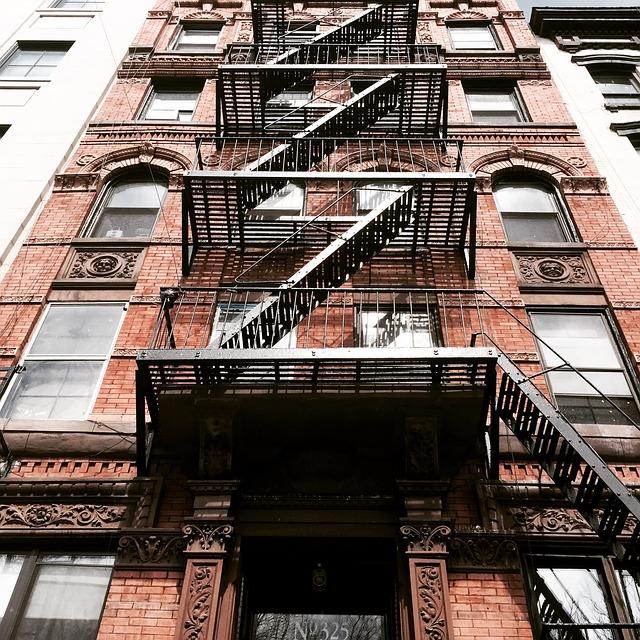
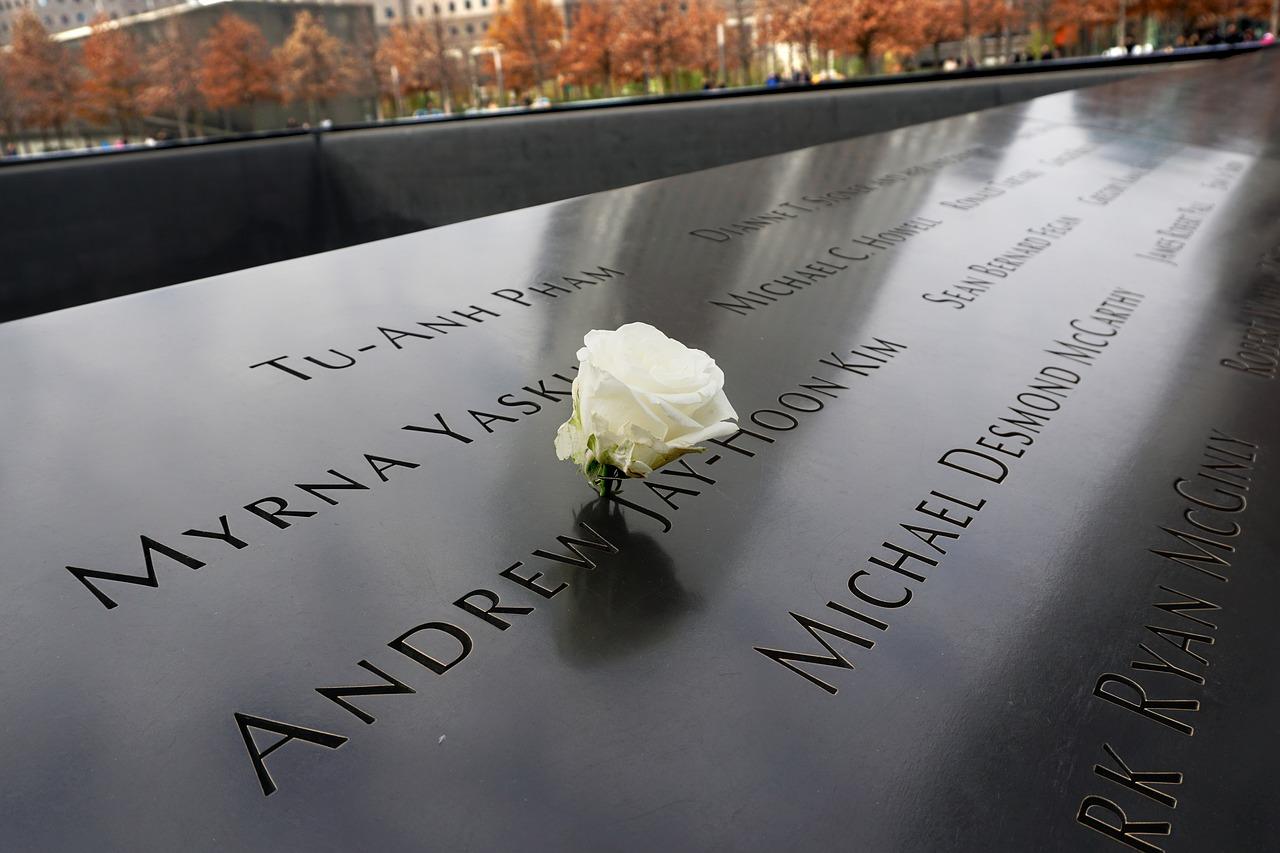
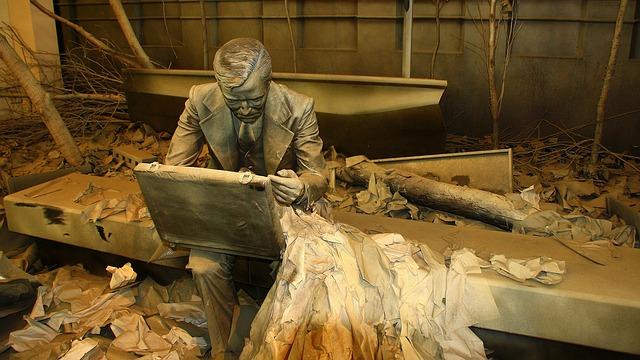
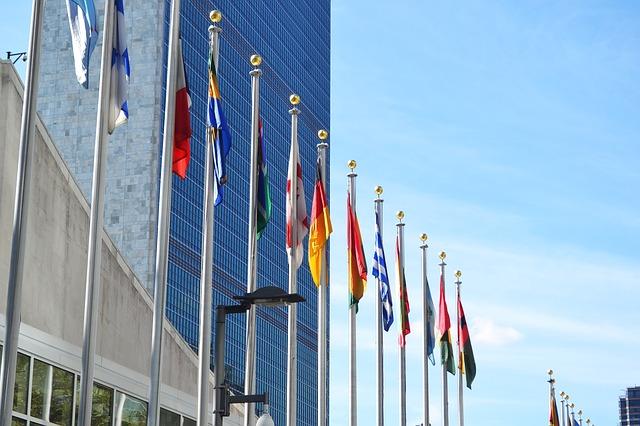
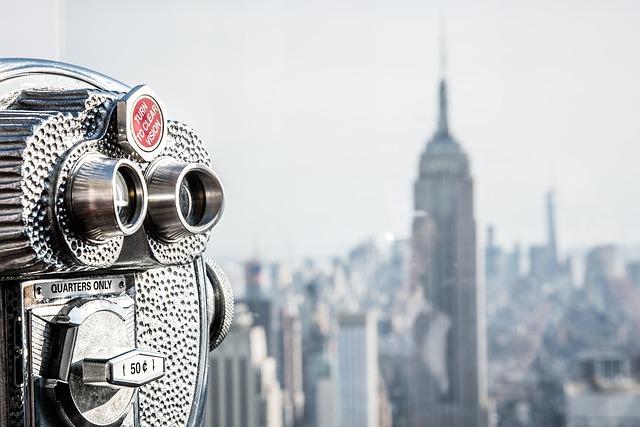
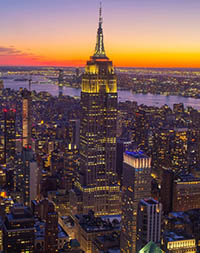
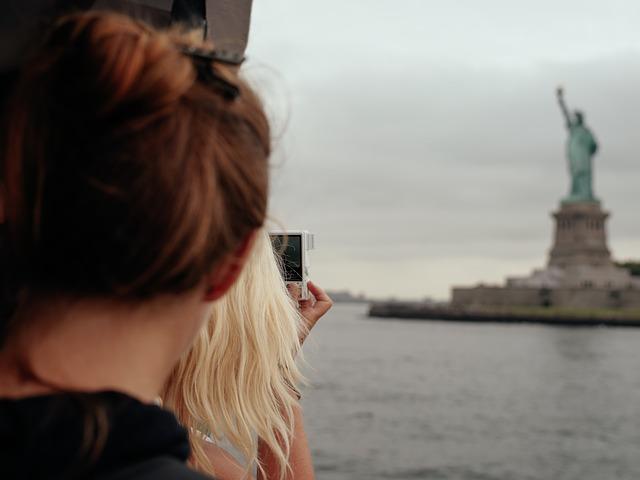
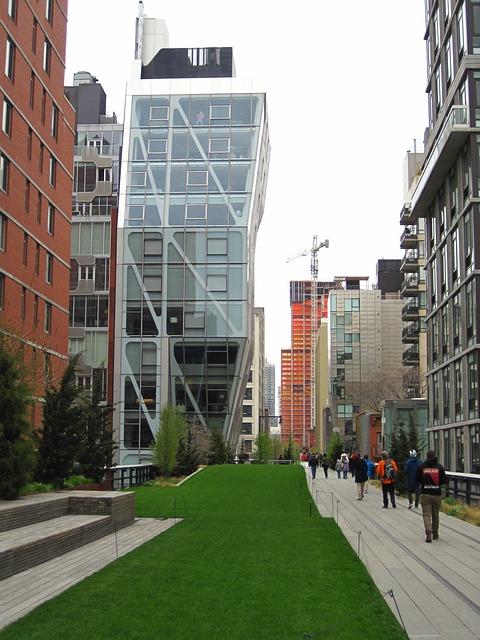
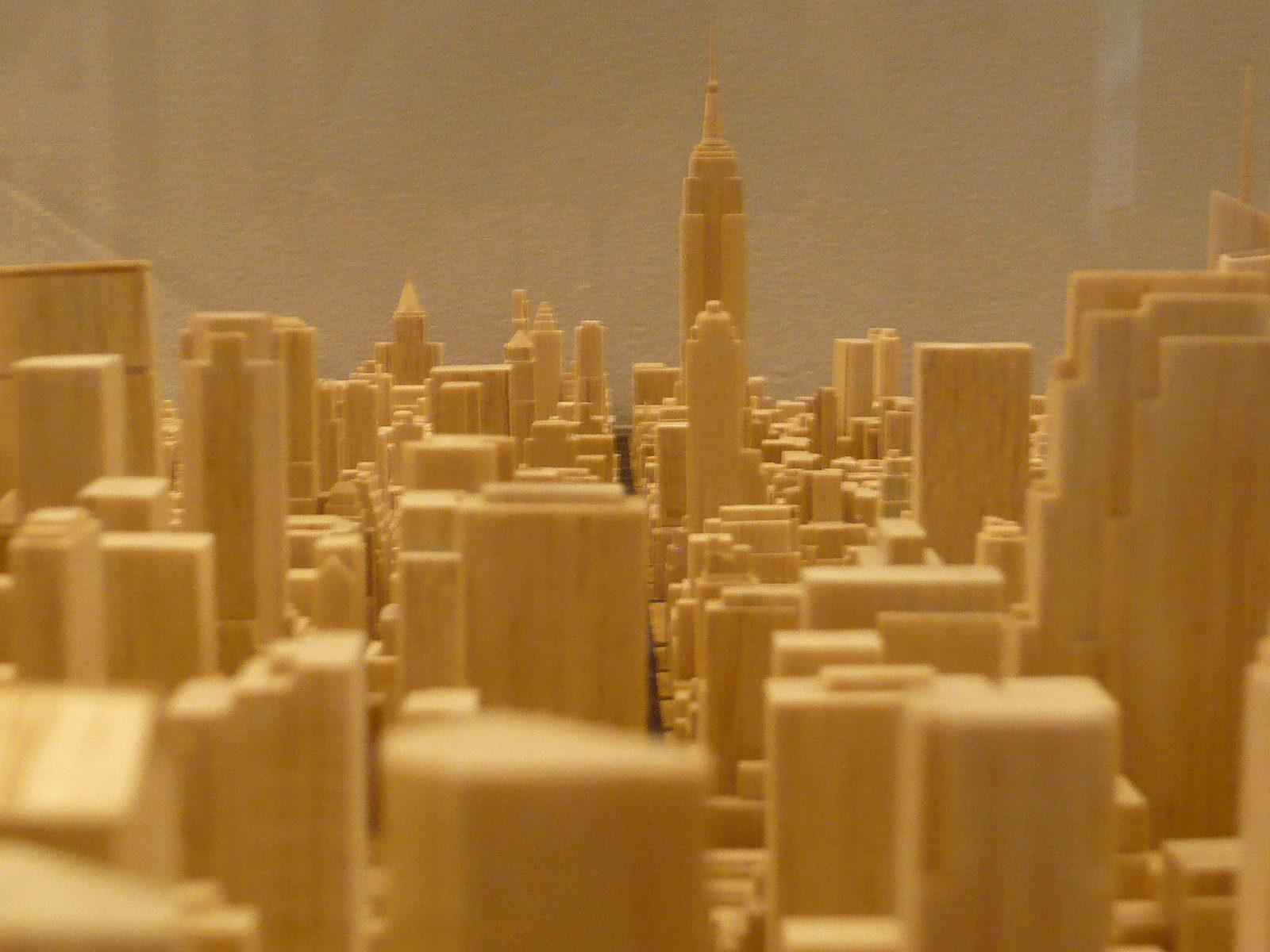
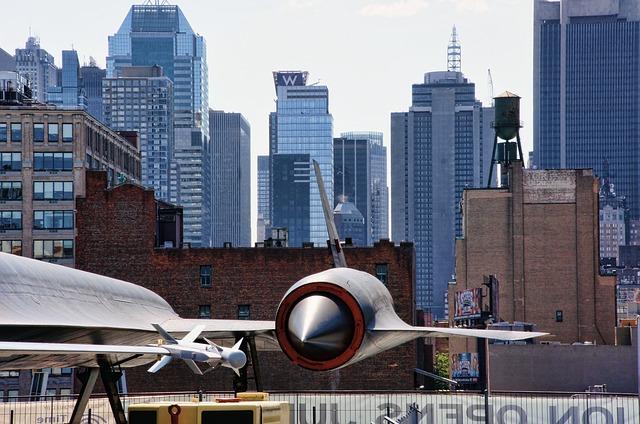
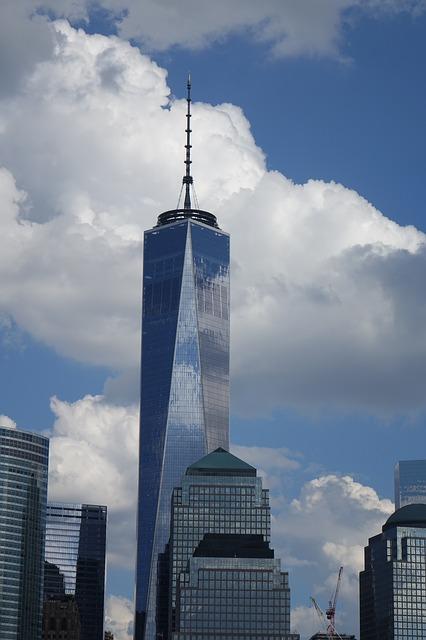
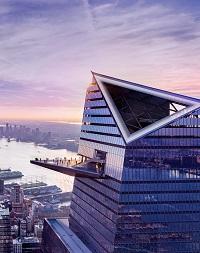
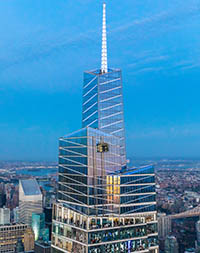
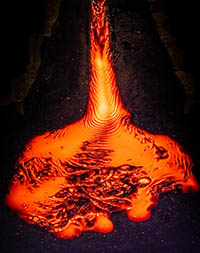
Extras

Typical accommodation
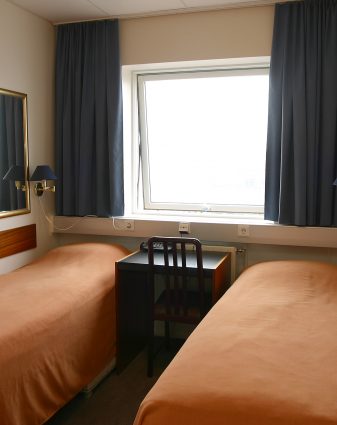
Why groups like it:
Facilities:

Why groups like it:
Facilities:
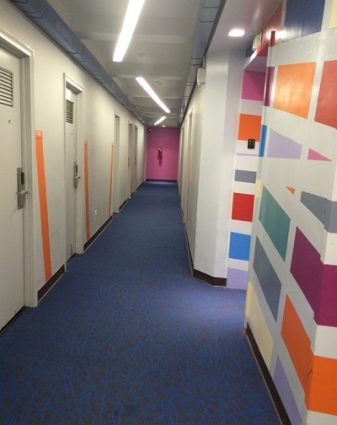
Why groups like it:
Facilities:
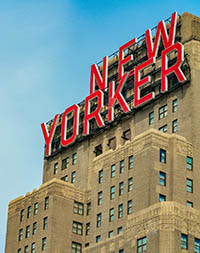
Why groups like it:
Facilities
Learning outcomes
Subject focus
Students can:
- Develop a deeper understanding of human and physical geography, sustainability and the effects of tourism
- Explore Iceland’s geothermal activity and renewable energy
- Develop an understanding of the USA’s economic and political role in the modern world
- Consider the location and development of the city of New York
- Understand the growth of the city and the US through mass migration
Student outcomes
Students will have had an opportunity to:
- Learn about the effect of tourism on the communities and natural environment of Iceland and compare the effect of tourism in New York.
- Understand aspects of Iceland’s model for ecological sustainability
- See examples of nature’s wonders and other outstanding geological features in Iceland and a world financial centre and leading world city of New York.
- Consider a range of issues around migration and citizenship in New York


